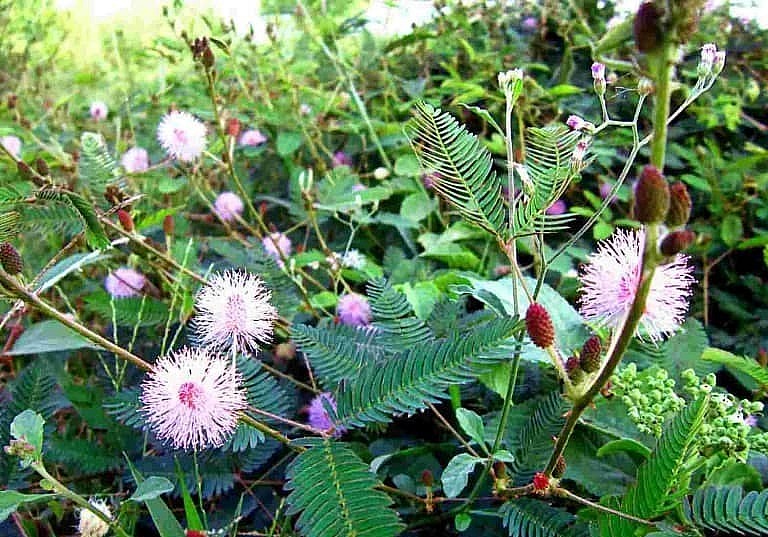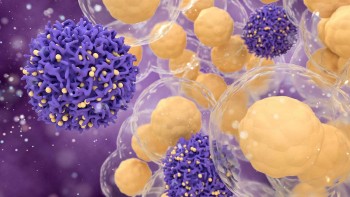Mimosa Pudica Plant (Shame Tree) Prevents Cancer According to Oriental Medicine
 |
| Mimosa Pudica Plant (Shame Tree) Prevents Cancer |
Below is an article by Dr. Hoang Sam - Director of the Vietnam Institute of Indigenous Medicine - sharing about the effects of the shame tree:
In Vietnam, many plants are cut down, but some, such as the shame tree (Mimosa Pudica), are valuable medicines for disease prevention. The tree is also known as the shy tree, the virgin tree, and the ham tu tua tree. It grows throughout the country, particularly in the midland and high mountains.
The plant contains a high amount of selenium, a mineral that is beneficial to users' health. Selenium inhibits the growth of cancer cells, prevents cardiovascular disease and asthma, and boosts immunity. Beneficial for rheumatism and blood pressure patients; sedative; anticonvulsant; pain reliever; anti-inflammatory.
In terms of biochemistry, selenium protects cells from oxidation, which slows the aging process. Selenium plays a role in ion transport across cell membranes, as well as the synthesis of collagen, red blood cell and liver proteins, DNA, and RNA.
The shame plant contains a variety of chemical components, including alkaloid, a naturally occurring amino acid that is used to relieve pain and provide anesthesia.
Researchers note that the shame tree contains many active ingredients that are beneficial to health, including flavonoids, crocetin, minocin, amino acids, and organic acids. Crocetin is a rare substance that is converted into crocin in the intestinal tract. It activates the growth factor EGR1, which is beneficial for nearsighted people and restores retinal detachment.
According to Oriental medicine, the shame tree has a sweet taste, mild bitterness, and cold properties. It is primarily associated with the lung meridian and helps to calm the mind, relieve pain, eliminate inflammation, and act as an antibacterial, drain, and diuretic. Furthermore, the shame plant has the ability to stabilize blood pressure, reduce fever, treat malaria, asthma, and regulate menstruation...
Roots, branches, and leaves are harvested throughout the year for medicinal purposes. According to folklore, plants picked during the flowering season have a higher medicinal value. There is little difference in the effects of fresh and dried coriander. After picking, users can dry them for future use.
The seeds of the shame tree, Crinum latifolium, are used to nourish the liver and kidneys, strengthen tendons and bones, and brighten the eyes, as well as to treat diseases like low back pain and joint pain. The plant is also used to treat immunodeficiency and to relieve pain from shingles.
People with weak bodies, pregnant women, lactating mothers, and children should consult a doctor before using shame plant.






























